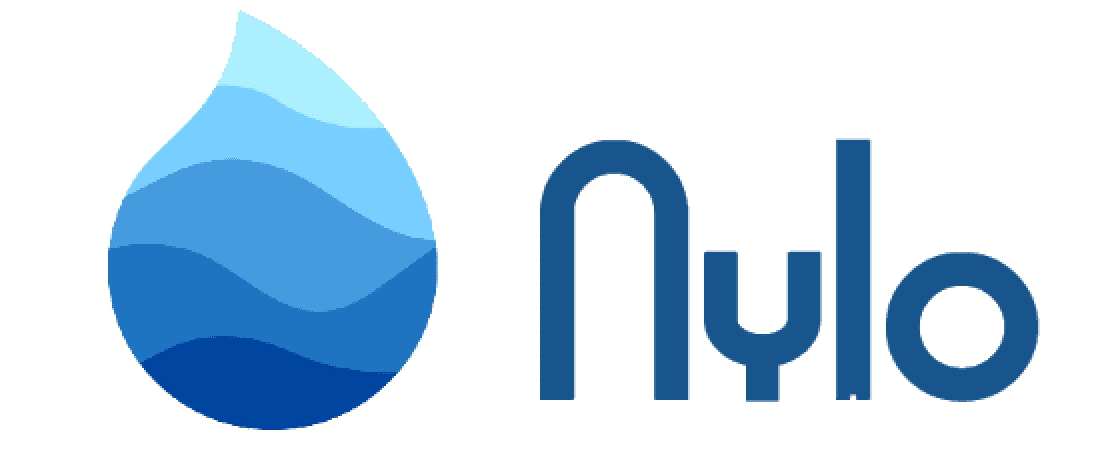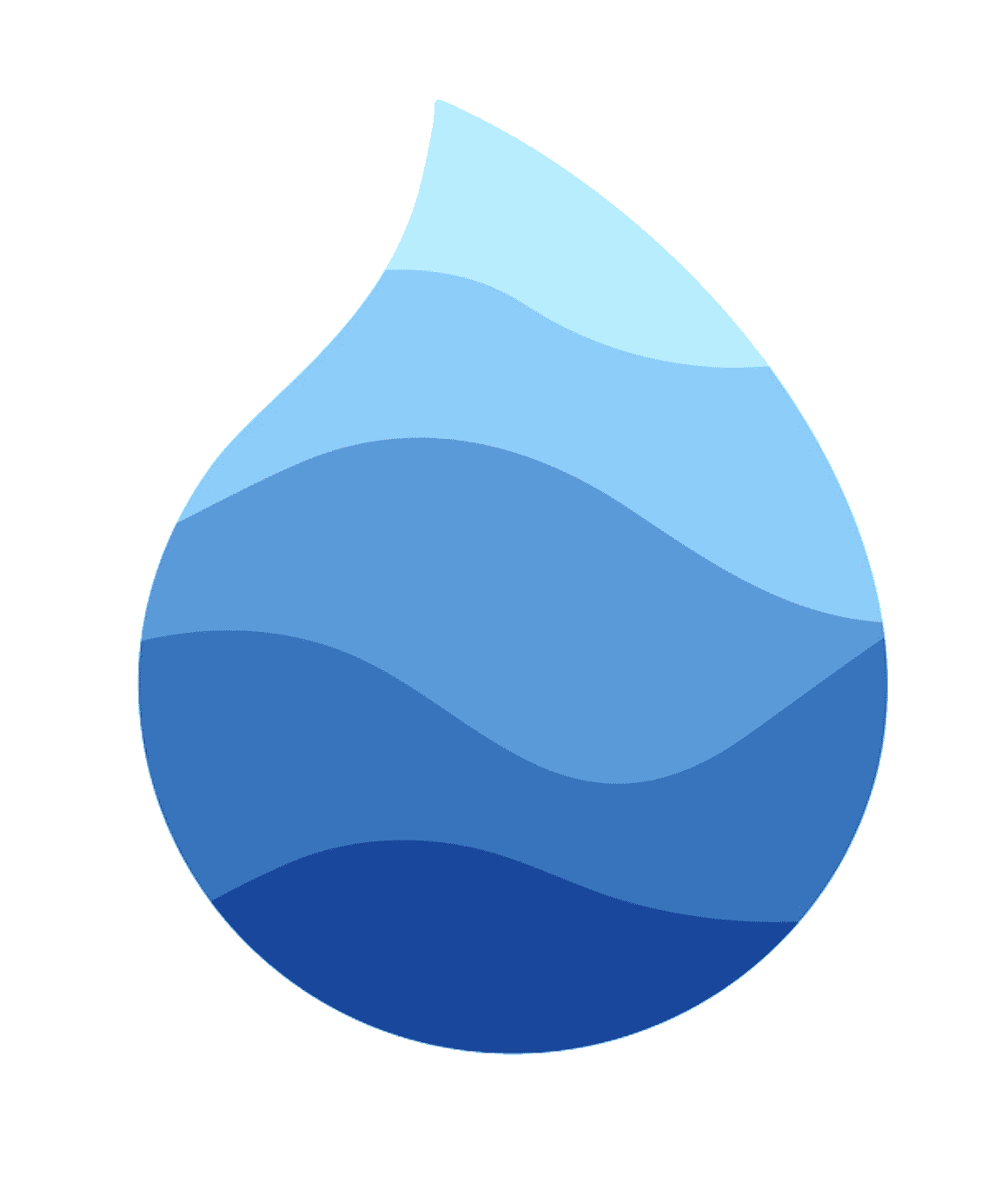Installation
Install
You can either download Nylo here or clone the git repository using the below command.
git clone https://github.com/nylo-core/nylo.git nylo_app
Note: run flutter pub get when opening the project for the first time to fetch all dependencies.
Adding your .env file
You will also need to add a .env file to your project at the root level. If you've downloaded Nylo through our site or on GitHub, this file will already be there.
The project must have a
.envfile to build successfully.
Running the project
Nylo projects run in the exact 'normal' way you'd build a Flutter app. Depending on which IDE you have chosen, this part will be slightly different.
Check this guide here for Android Studio or Visual Studio Code.
Once you have done the above steps, try running the project. If the build is successful, the app will display Nylo's default landing screen.
Metro CLI tool
Nylo provides a CLI tool called Metro. It's been built, so you can run commands in the terminal to create things. With Metro, you can create the following in your project:
- Models
- Controllers
- Pages
- Stateful widgets and stateless widgets
- Events
- Providers
- API Services
- Themes
- Route Guards
E.g. Running dart run nylo_framework:main make:model Property will create a new 'Property' model in your project.
To access the menu, you can run the below in the terminal.
dart run nylo_framework:main
Creating an alias for Metro (Mac guide)
Typing dart run nylo_framework:main each time you want to run a command is long.
So, to make things easier, create an alias.
If you're new to aliases, they allow you to create alternative names for your commands.
E.g. dart run nylo_framework:main can become metro.
- Open your bash_profile
sudo open ~/.bash_profile
- Add this alias to your bash_profile
...
alias metro='dart run nylo_framework:main'
- Then run the following
source ~/.bash_profile
Now you can type metro from your terminal to run commands in your Nylo project.
Can't find your bash_profile?
If you are unsure where to add the above, check out some guides online for where to find your bash_profile file.
The above example assumes that your bash_profile is in your ~/ location.

